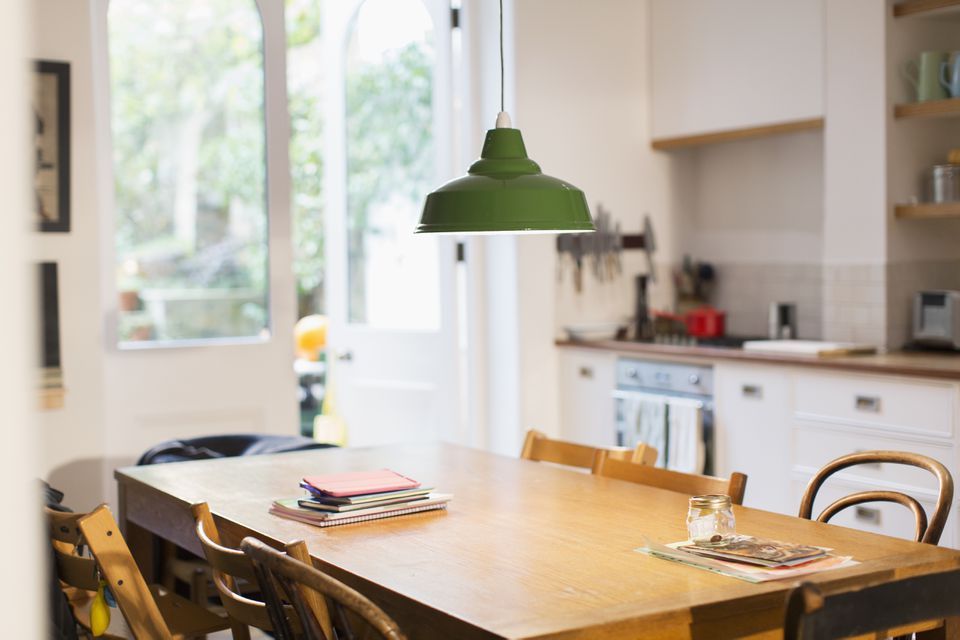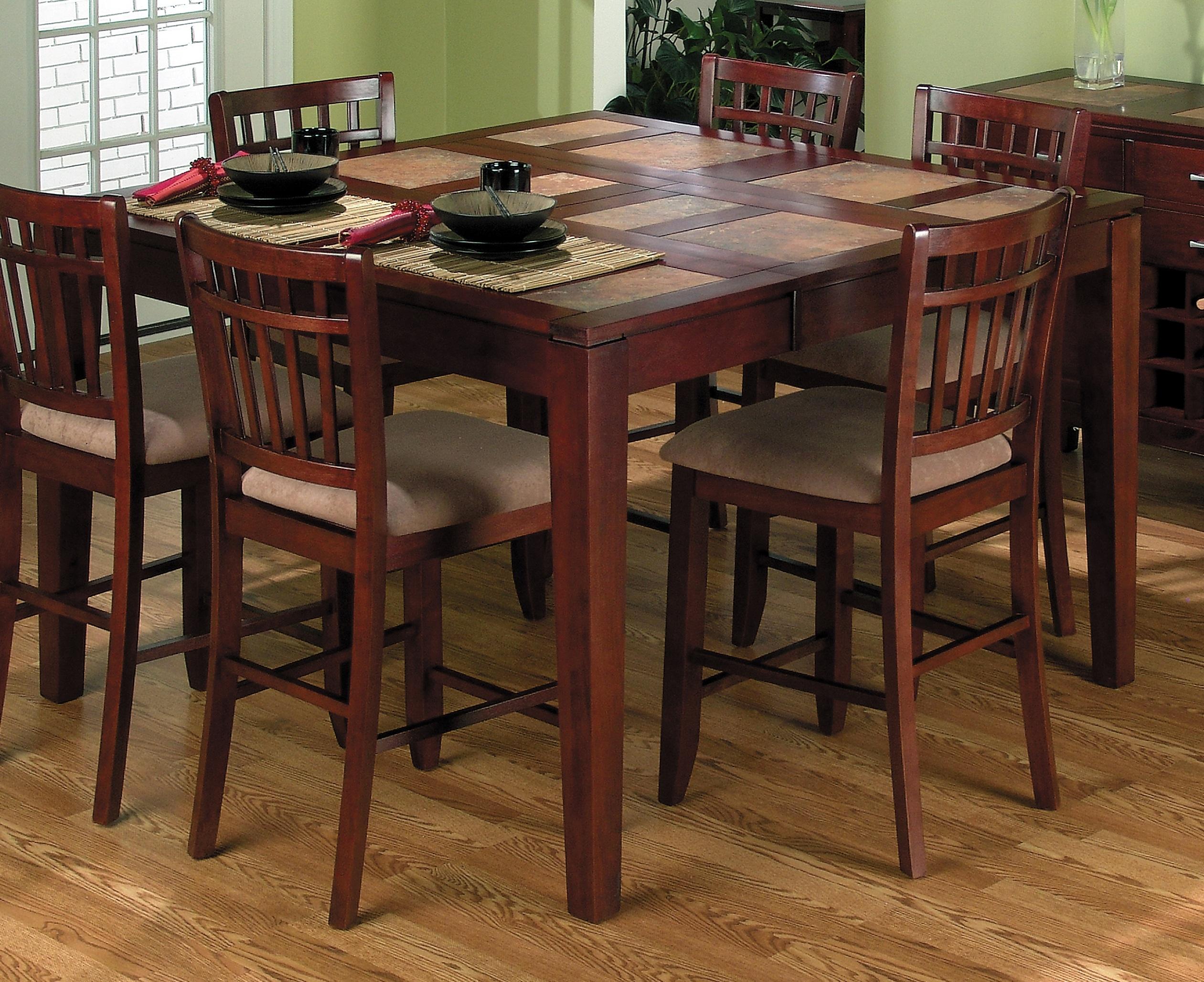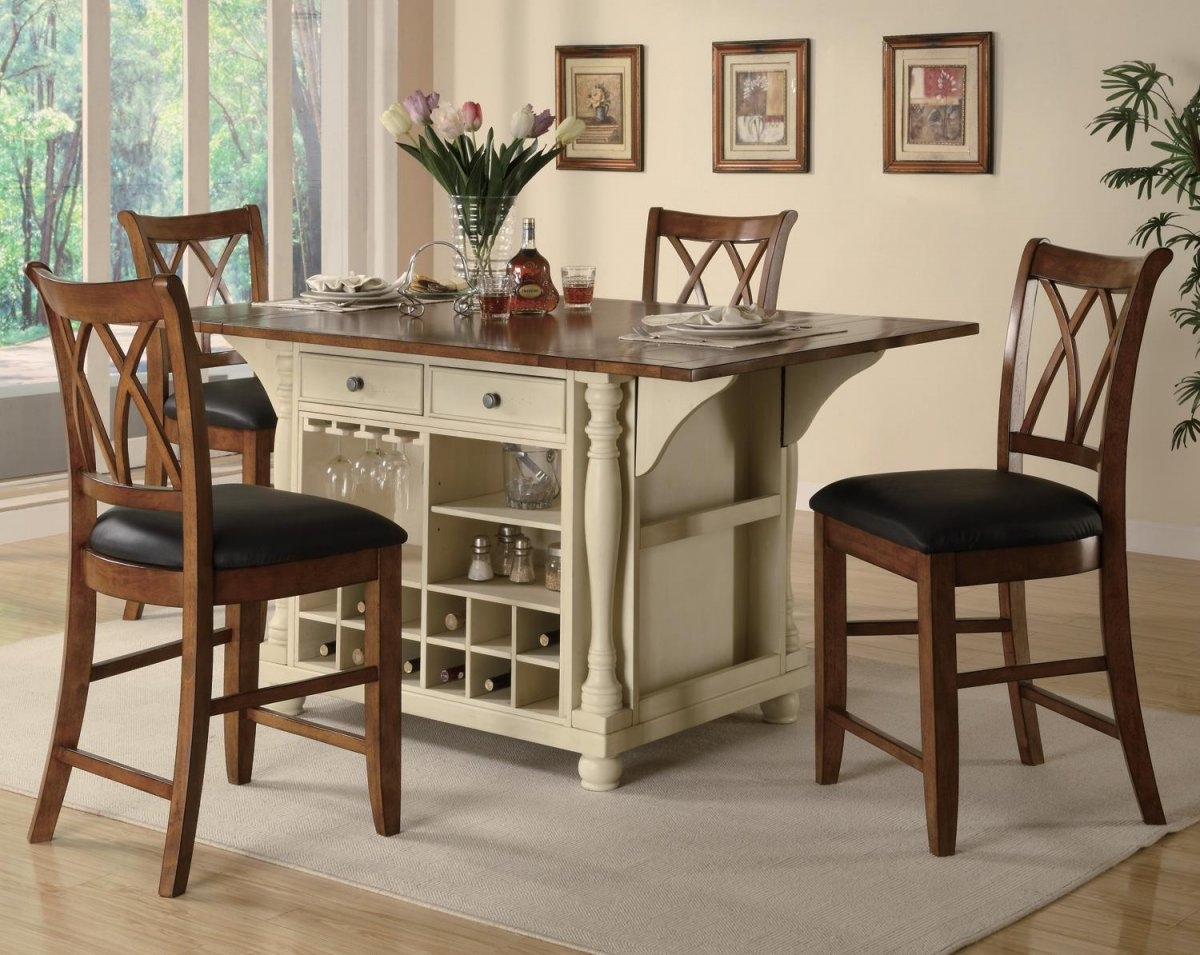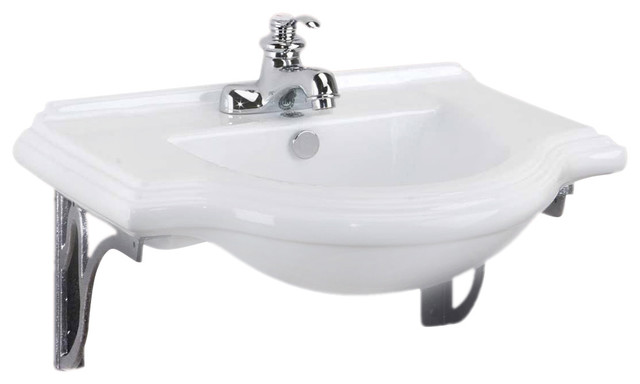When it comes to furnishing your home, one of the most important pieces of furniture is the dining table. It's where you gather with family and friends to share meals, stories, and create memories. But with so many different types of tables available, it can be confusing to know which one is right for your home. In particular, many people wonder about the difference between a dining room table and a kitchen table. While they may seem similar at first glance, there are actually several key differences that set them apart. So, let's dive in and explore the main differences between these two types of tables. Dining Room Table vs Kitchen Table: What's the Difference?
Before we jump into the specific differences, it's important to understand the distinction between a dining room table and a kitchen table. A dining room table is typically used for more formal occasions, such as hosting dinner parties or holiday gatherings. It's often placed in a designated dining room or an open space adjacent to the kitchen. On the other hand, a kitchen table is more casual and is typically used for everyday meals and activities. It's often located in the kitchen or a smaller dining area, such as a breakfast nook. Understanding the Distinction Between Dining Room Tables and Kitchen Tables
Now that we have a better understanding of the general purpose of each table, let's dive into the key differences between them. Key Differences Between Dining Room Tables and Kitchen Tables
One of the main differences between a dining room table and a kitchen table is their size and shape. Dining room tables are generally larger and more formal, with designs that can accommodate large groups of people. They often have rectangular or oval shapes to provide ample seating space. Kitchen tables, on the other hand, tend to be smaller and more casual, with round or square shapes that are better suited for smaller groups. Size and Shape
Another key difference between these two types of tables is the material and design. Dining room tables are often made from high-quality materials such as hardwood, marble, or glass to create a more elegant and sophisticated look. They may also have intricate designs and details, such as carved legs or decorative inlays. Kitchen tables, on the other hand, are usually made from more durable and practical materials like wood or metal. They have a simpler design that is focused on functionality rather than aesthetics. Material and Design
As mentioned earlier, dining room tables are typically used for more formal occasions, while kitchen tables are used for everyday meals and activities. This also means that dining room tables are often used less frequently than kitchen tables. This is why dining room tables are often more delicate and require more care, while kitchen tables are designed to withstand daily wear and tear. Usage
The location of the table is another important distinction between dining room tables and kitchen tables. As the name suggests, dining room tables are typically placed in a designated dining room or open space adjacent to the kitchen. This allows for a separate and more formal dining experience. On the other hand, kitchen tables are usually located in the kitchen itself or in a smaller dining area, such as a breakfast nook. This proximity to the kitchen makes them more convenient for everyday use. Location
Now that we've explored the key differences between dining room tables and kitchen tables, let's take a closer look at what sets them apart. Comparing Dining Room Tables and Kitchen Tables: What Sets Them Apart?
The main difference between these two types of tables is the level of formality they bring to a space. Dining room tables are meant to be more formal, creating a sense of elegance and sophistication. On the other hand, kitchen tables have a more casual and relaxed vibe, making them perfect for everyday use. Consider your personal style and the overall aesthetic of your home when deciding between a dining room table or a kitchen table. Formality vs Casualness
Another important factor to consider is the amount of space you have available and the intended usage of the table. If you have a larger space and frequently host formal gatherings, a dining room table may be the better option. However, if you have a smaller space or prefer a more casual dining experience, a kitchen table may be the way to go. Additionally, kitchen tables often have more functionality, with features like drop leaf extensions or built-in storage. Space and Functionality
The Importance of Choosing the Right Dining Room and Kitchen Table
/DesignbyEmilyHendersonDesignPhotographerbyTessaNeustadt_360-025334d218134a26ad2b78dd2150e625.jpg)
Creating a Welcoming and Functional Space
 When it comes to designing a house, the dining room and kitchen are two essential areas that require careful consideration. These spaces are not only where meals are prepared and enjoyed, but they also serve as a gathering place for family and friends. Therefore, it is crucial to choose the right
dining room and kitchen table
to create a welcoming and functional space.
When it comes to designing a house, the dining room and kitchen are two essential areas that require careful consideration. These spaces are not only where meals are prepared and enjoyed, but they also serve as a gathering place for family and friends. Therefore, it is crucial to choose the right
dining room and kitchen table
to create a welcoming and functional space.
The Difference Between a Dining Room Table and a Kitchen Table
 While both tables serve a similar purpose, there are distinct differences between a
dining room table
and a
kitchen table
. The main difference lies in their location and usage. A dining room table is typically placed in a separate room designated for dining and is used for formal meals and special occasions. On the other hand, a kitchen table is usually located in the kitchen area and is used for everyday meals and casual gatherings.
While both tables serve a similar purpose, there are distinct differences between a
dining room table
and a
kitchen table
. The main difference lies in their location and usage. A dining room table is typically placed in a separate room designated for dining and is used for formal meals and special occasions. On the other hand, a kitchen table is usually located in the kitchen area and is used for everyday meals and casual gatherings.
Design and Style
 Another difference between the two tables is their design and style. A dining room table is often more elaborate and formal, with a larger size and intricate detailing. It is meant to be a statement piece in the dining room and can add a touch of elegance and sophistication to the space. A kitchen table, on the other hand, is more modest and functional in design. It is usually smaller in size and has a simpler style, making it more suitable for everyday use.
Another difference between the two tables is their design and style. A dining room table is often more elaborate and formal, with a larger size and intricate detailing. It is meant to be a statement piece in the dining room and can add a touch of elegance and sophistication to the space. A kitchen table, on the other hand, is more modest and functional in design. It is usually smaller in size and has a simpler style, making it more suitable for everyday use.
Materials and Durability
 When it comes to materials, dining room tables are often made from high-quality wood, such as oak or mahogany, to add to their luxurious look. They are also more durable and can withstand the wear and tear of frequent use. Kitchen tables, on the other hand, are often made from more affordable materials, such as laminate or metal, as they are meant to be used for everyday purposes.
When it comes to materials, dining room tables are often made from high-quality wood, such as oak or mahogany, to add to their luxurious look. They are also more durable and can withstand the wear and tear of frequent use. Kitchen tables, on the other hand, are often made from more affordable materials, such as laminate or metal, as they are meant to be used for everyday purposes.
Choosing the Right Table for Your Home
 Ultimately, the choice between a dining room table and a kitchen table depends on your personal preferences and the design of your home. If you have a separate dining room and enjoy hosting formal dinners, a dining room table may be the best option for you. However, if you have a smaller space and prefer a more casual dining experience, a kitchen table may be more suitable. Whichever table you choose, make sure it complements your home's design and meets your needs for functionality and style.
Ultimately, the choice between a dining room table and a kitchen table depends on your personal preferences and the design of your home. If you have a separate dining room and enjoy hosting formal dinners, a dining room table may be the best option for you. However, if you have a smaller space and prefer a more casual dining experience, a kitchen table may be more suitable. Whichever table you choose, make sure it complements your home's design and meets your needs for functionality and style.
In Conclusion
 In summary, the main difference between a dining room table and a kitchen table lies in their location, usage, design, and materials. Both tables have their own unique features and serve a specific purpose, making them essential pieces of furniture in any home. By choosing the right
dining room and kitchen table
, you can create a welcoming and functional space that reflects your personal style and meets your family's needs.
In summary, the main difference between a dining room table and a kitchen table lies in their location, usage, design, and materials. Both tables have their own unique features and serve a specific purpose, making them essential pieces of furniture in any home. By choosing the right
dining room and kitchen table
, you can create a welcoming and functional space that reflects your personal style and meets your family's needs.


































































